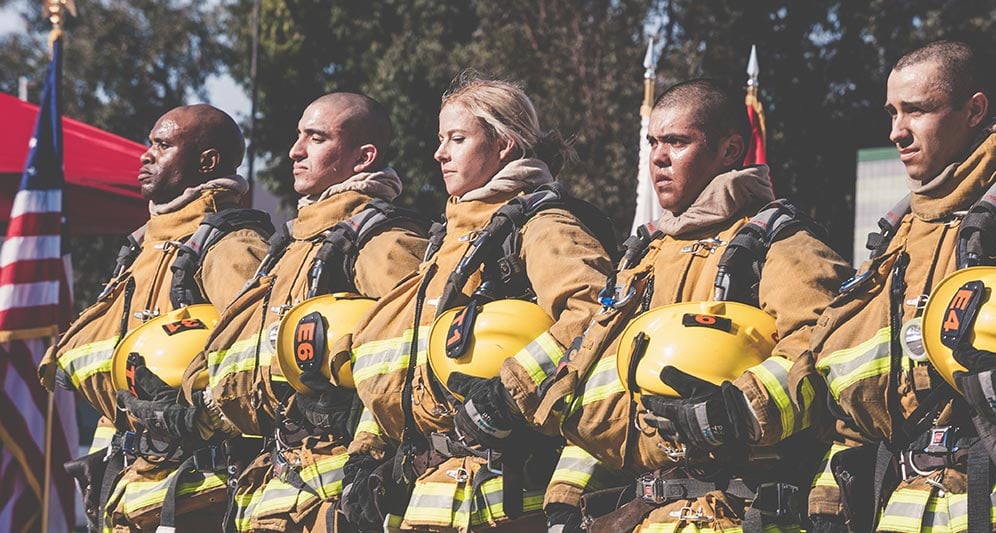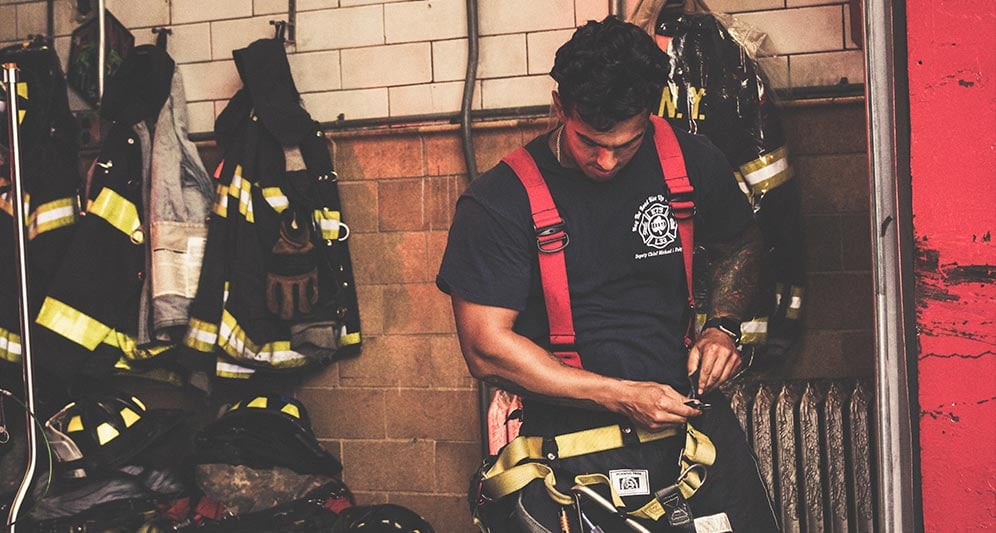When you typically think about firefighter readiness (often referred to as operational readiness), you envision the equipment required to get the job done. When that bell rings at the station, your crew dons their gear, loads the truck, and taps into their training to handle a range of firefighter responsibilities.
In fact, these days, the fire service handles emergencies beyond simply fighting fires, navigating everything from medical aid and hazardous materials to mutual aid and fires.
And firefighters face dangers they encounter both at the scene, such as dealing with suspected opioid overdoses, and back at the station, such as bagging soiled gear and washing down firefighters post-fire to help reduce cancer risk.
But to keep both the community and firefighters safe, another layer of firefighter readiness needs to already be in place. And it starts with policies, training, and leadership on the front end.
Role of policies and procedures
Doing the right thing before, during, and after an emergency call covers many areas, including equipment, health, training, and more. Fire department policies and procedures play a crucial role in operational safety on all fronts. They lay the foundation for performance, safety, and effectiveness for the entire department.
By establishing fire department operational guidelines that reflect industry best practices, firefighters know how to act and respond in the field. Because they deal with life-and-death emergencies, firefighters can’t waste precious minutes trying to figure out how to handle every situation.
They need to know – before they ever leave the station – the safest and most effective method or technique for handling whatever they are about to encounter.
And because fire departments constantly need to adapt to changing community needs, industry guidelines, and government regulations, firefighters must know the most up-to-date way to handle emergency situations.
Having fire department policies and procedures in place mentally equips firefighters to know the right way of doing things in the field. By giving them this level of firefighter readiness, these standard operating guidelines serve as a safeguard for their safety, wellness, and ability to get the job done correctly.
Beyond the individual impact, fire fighting procedures really build the foundation for an effective fire department. Thanks to consistent standards throughout the department, these SOPs/SOGs improve operations, increase safety, and mitigate risk, thus reducing fire liability.
Role of training
The more you practice and run through emergency simulations, the easier it is to respond in the moment. With relevant, meaningful training on a regular basis, your firefighters can provide the level of excellence your community expects.
For training to be effective, it needs to happen on different levels and in different ways. Firefighters must go through physical training (so their bodies are ready), mental training (so their minds know what they’re supposed to do and say), and situational training (so they can put it all together in real-life scenarios).
Keep in mind that repeated exposure to information, especially when delivered in short bursts and in different ways, increases the chance that your crew will retain what they learned. This is critical when they are in the field making life-threatening decisions. That’s why training plays a key role in achieving firefighter readiness.
Role of leaders
When it comes to running effective fire departments, good leaders know that policies, training, and supervision work together to provide operational excellence. They don’t exist in a vacuum, but instead, go hand in hand.
Not only do you need to tell firefighters what to do (policies) and teach them how to do it (training), you need to hold them accountable (leadership). If commanders are allowing bad habits or not emphasizing proper procedures, it seeps into the whole culture of the station causing the entire department to suffer.

Holding Firefighters Accountable to Operational Guidelines
With a solid understanding of firefighter readiness now, you might be looking for some practical tips and steps you can take to improve your department’s operational readiness.
Know the policies and procedures
If the policy manual is buried in a binder on a shelf or tossed under the seat of a fire truck, it is safe to say that your SOGs and SOPs are outdated, your crew does not read them often – or both. With the complex and ever-changing fire service landscape, having outdated, unknown operating guidelines does no one any good.
It sounds basic, but if firefighters do not know what the policy manual says (or even where it is), there is no way they will be able to do things the right way in the field. This is the opposite of firefighter readiness. At a minimum, your crew needs to read, review, and sign off on these fire department policies and procedures at least annually to ensure they know what the operating guidelines say.
Understand the policies
Simply reading the fire department guidelines is a good first step, but it’s not enough. Firefighters need to comprehend what they mean so they are capable of responding to incidents they’ll likely confront.
That’s where testing and online training course come into play. While your crew probably does this when studying for a promotional exam, testing and training provide enormous value in firefighter readiness.
Train to your policies
Not only should you train firefighters on what the fire department policies and procedures are, but the training they receive should reference and include those SOGs in the training sequence. The two (policies and training) should not be disconnected. Instead, it should be an integrated education approach – part of any well-run department.
Don’t make the mistake of dismissing training because it costs too much or eats up valuable work time. Think outside the box by adding in online training courses to your existing in-service training.
A good policy management and training tool, like PowerDMS, allows you to create, deliver, test, and track your online training. This helps keep your costs down without pulling firefighters away from other duties. Plus, with our software, you can cross-reference and link your policies and your training content.
This simplifies your training and reinforces your policies. It’s an easy solution to boost firefighter readiness.
Track it all
Keeping fire department policies and procedures in front of firefighters increases their importance. When you regularly talk about policies and include them in training, you convey their value in firefighter readiness.
But how can you make sure everyone reads your SOGs? With PowerDMS, you can easily see who has read the policies, completed the training, and passed the tests. The software automates the entire process for you, so nothing falls through administrative cracks.

Consequences of Poor Policy Management
The reality is, the safety of firefighters and the public is in your hands, so you want your crew to know the right thing to do every time they leave the station. Not knowing critical fire department policies and procedures decimates their firefighter readiness on many levels.
Furthermore, when proper procedures are not followed, your fire department’s exposure to liability skyrockets.
The bottom line – firefighter readiness depends on a solid grasp of your operating guidelines to aid decision-making, increase safety, and reduce liability.


